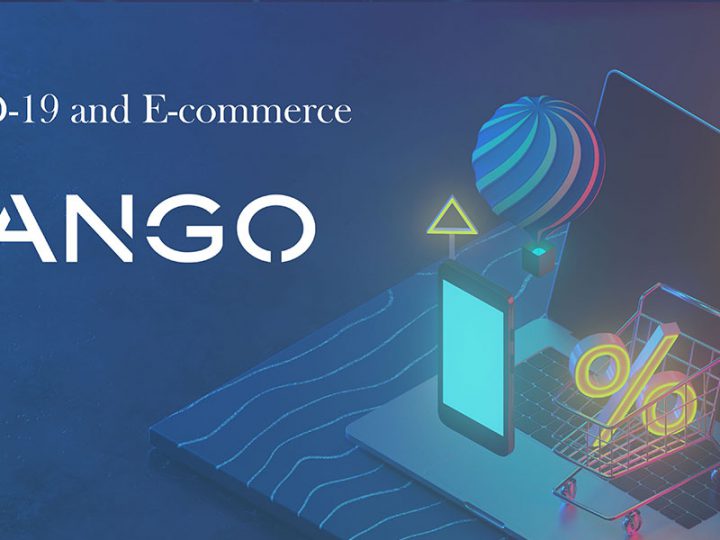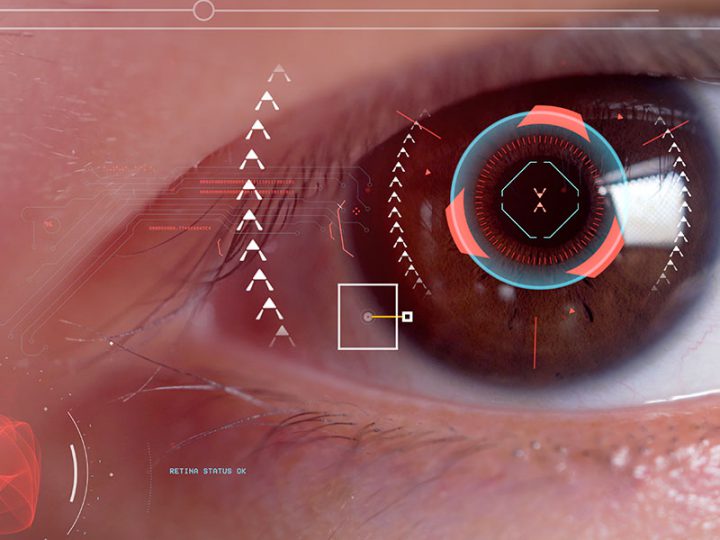What crucial trends are driving the industry?
“The” industry has become an increasingly differentiated and segmented one, in some sense. What has long ago been roughly categorized into pharma (plus, later, Biotech) and medical devices, has been sub-segmented further, in consideration of parameters as diverse as, e.g., “emerging markets” (geographically) vs “emerging markets” (with respect to indication/patient population areas); or segments of expanded areas of regulation, such as Medical Foods/FSMPs.
It is, therefore, rather difficult to answer this question in a way that will be applicable to all of these very different – and differentially regulated – industry segments.
There are some remarkable industry trends, though, which stand out as becoming increasingly important, establishing themselves as defined entities. To just name a few, orphans really have become an R&D/market segment in its own right. Drug-device combinations are a highly exciting area that holds a huge potential for real, disruptive innovation of the classical pharmaceutical approach. Personalized medicine and companion diagnostics seem to really take off these days, in indication areas outside of the original areas of oncology and/or genetic disorders. Maybe the youngest of these trends also holds the potential of making the most exciting impact, by critically driving the industry to a completely new level of innovation and novel opportunities. Industry 4.0 is about to spread into and through classical pharmaceutical R&D, exemplified by the collaboration of Google and Novartis on utilization of the former’s smart lens technology for medical use in diabetes patients. And that is only the beginning: Novel impulses should be expected from Google’s Calico, Inc. and other such companies that are prone to follow suit.
What market segments will experience the most growth and why?
In keeping the focus within exemplifying sub-segments, it is again the orphan space which demands to be highlighted. According to a recent analysis by Evaluate Pharma, orphan CAGR forecast for the next 5 years will be twice that of the total prescription drug market. Respective strategic change, especially within larger R&D entities, including Big Pharma, will be one of the main drivers of growth, along with the increasing number of programs receiving regulatory incentives. The resulting increased awareness of, and specific strategic search for, orphan indications that may be suitable fast-to-market primary indications, de-risking any larger secondary indications. The increasing number of drug candidates that may be suitable for indications such as Alzheimer’s, but primarily developed in orphan indications such as PSP or FTD, is just one of an increasing number of examples.
The conventional pharmaceuticals market seems to be confined to mere incremental growth and rather significantly decreasing relative market shares. According to some analysts, today’s biotech/conventional pharma ratio of about 45/55 will shift to 52/48 until 2020. This may even be a conservative estimate. The lingering patent cliff situation in conventional pharma R&D is prone to lead to a significant, accelerated erosion of the conventional drug market by generics. Aggravation will rise from the heightening “4th hurdle”, i.e. with reimbursement requiring real innovation and additional patient or socio-economic benefit. Ultimately, it seems realistic to expect even shrinkage of the absolute conventional drug market. Truly innovative industry sub-segments will benefit as an immediate consequence; in addition, they will further benefit by physicians, patients and payers increasingly eagerly awaiting, and more readily accepting, radically novel treatment options.
What are the key challenges?
As mentioned above, the number of orphan designations has increased steeply, and may well continue to do so. With the record-breaking high of almost 500 orphan designations in 2014, we may expect a significant number of those to reach the market short- to mid-term, and, subsequently, change it.
Pricing will be one of the most immediate parameters that will come under scrutiny once more orphan drugs actually get approved. It can be expected that today’s rather generous margin for orphans will not be sustainable. Socioeconomic benefit will, eventually, become a critical hurdle for orphans as well, as they are for non-orphans already.
The key challenge for the emerging Industry 4.0 collaborative developments will lie within the “human factor” of a highly disruptive, risk-embracing industry aiming for marriage with a rather traditional, slow-moving, risk-averse industry. Either will have to commit full-heartedly to a serious change of culture, seeking novel “middle grounds”, in avoiding a damaging clash of cultures. Since neither industry is posed to drive more than incremental value increase by itself in the foreseeable future, commitment to the required level of change is crucial.
Our industry is ethically indebted to act highly diligently on our responsibility towards society as a whole, and the patients in particular. It will therefore be a complex, time-consuming and potentially difficult task to plan, and execute, novel strategies that will be fit to leverage any potential synergies between industries originally separated by distinct technology, business models, and management structures. However, I am convinced that this will ultimately be a highly rewarding exercise for everyone involved, as well as for the patient community, by gaining access to a set of revolutionary novel deliverables: devices, diagnostics and therapeutics alike.




